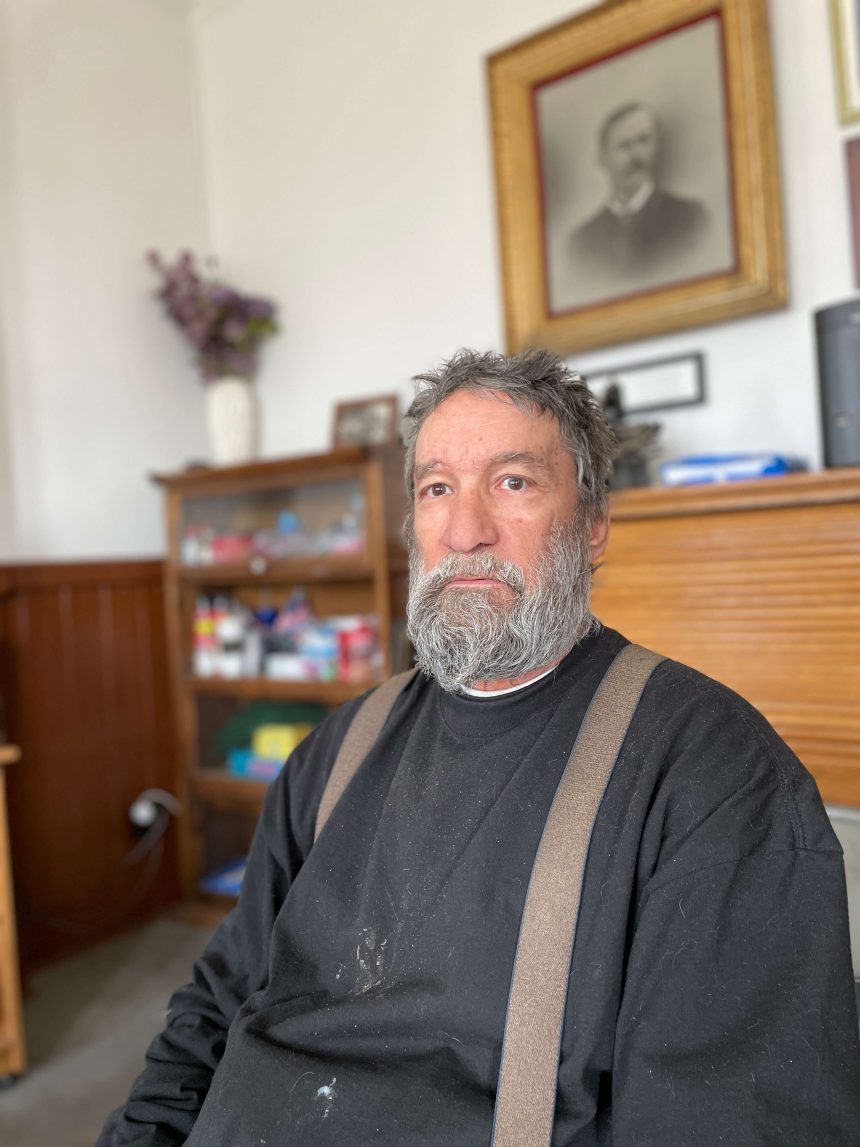It Takes a Village
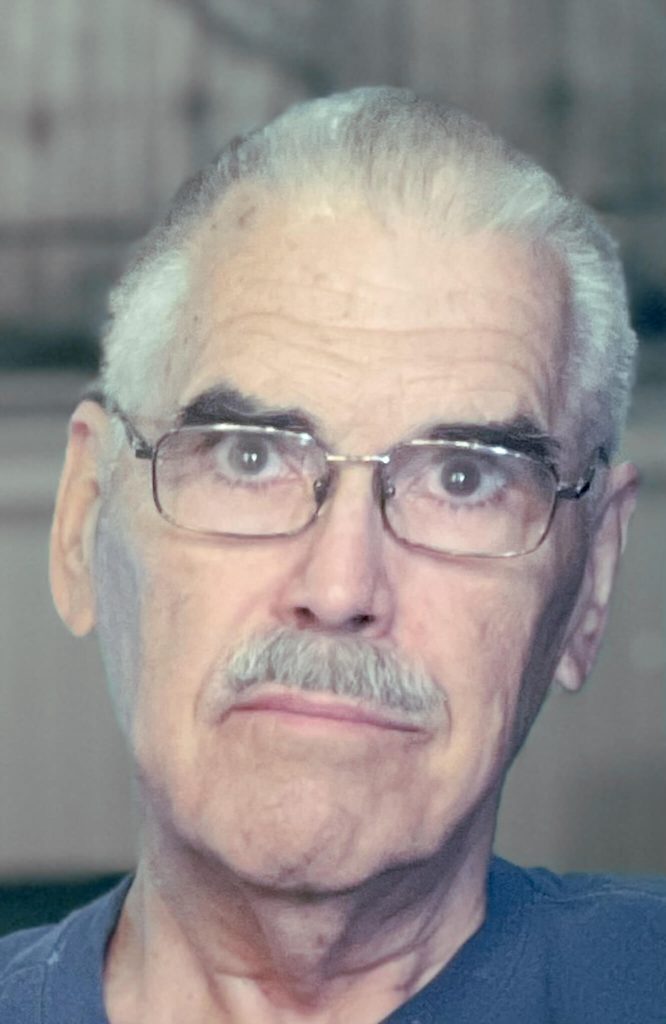

By DON RAY
At least a quadrillion generous volunteers and donors can take some of the credit for preserving the vanishing landmarks of Perris over the past two decades. I want to introduce you to four of them who still carry the historical restoration torch.
Alphabetically, they’re Bob Buster, Katie Keyes, Midgie Parker, and Dave Stuart.
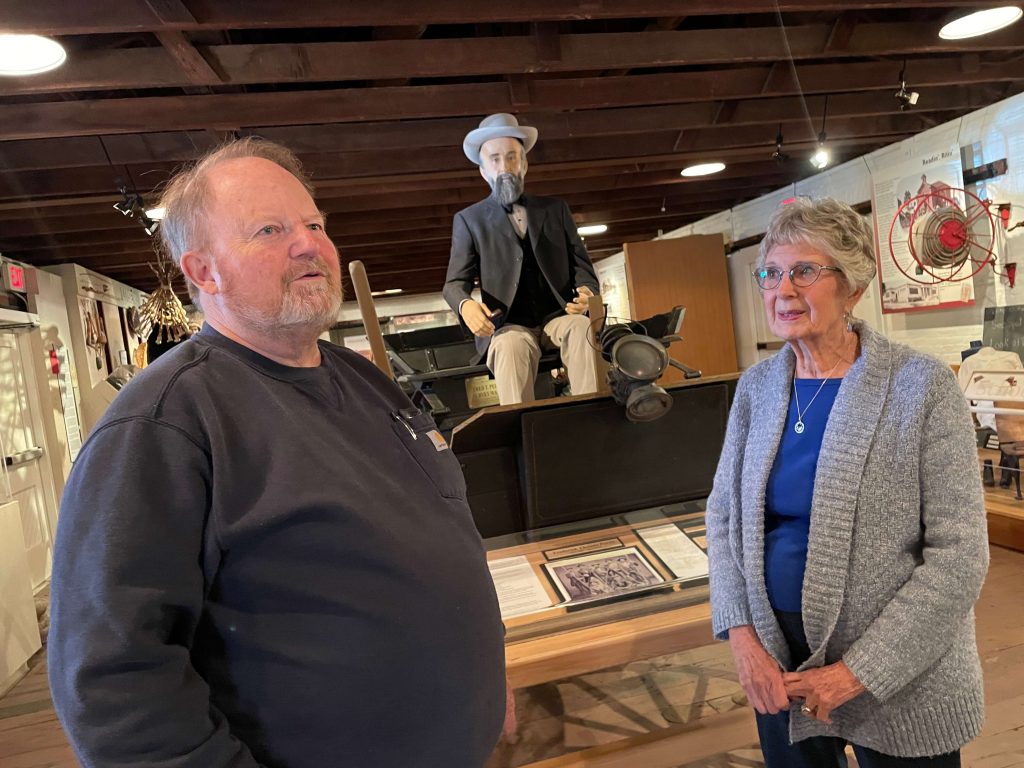
They all went out of their way to give me a personal tour of the Perris Valley Historical Museum that’s housed in the historic Perris Depot. And then they sat down with me and allowed me to interrogate them about the work that the historical society has done — and is still doing.
Midge Parker and Katie Keyes have been friends for sixty years, and they’ve both volunteered with the Perris Valley Historical Museum for dozens of years. They’ve tag-teamed as president of the group several times over the years — today, Katie holds that title.
In 2007, they were among the co-authors of “Perris; a place to remember.” The historical society published the 128-page hardcover coffee table book in 2007 — in part to raise money for the restoration of the decaying train depot.
They also put in hundreds of hours of work preparing for the 100th anniversary of Perris’ incorporation — celebrations that took place in 2011.
By that time, the Perris Valley Historical Society had removed everything from the Perris Depot that it had been occupying — this in anticipation of finding a way to pay for its restoration.
Dave Stuart told me the depot, at the time, belonged to the Southern California Railway Museum (formerly called the Orange Empire Railway Museum). It was allowing the Perris Valley Historical Society to use it as its museum.
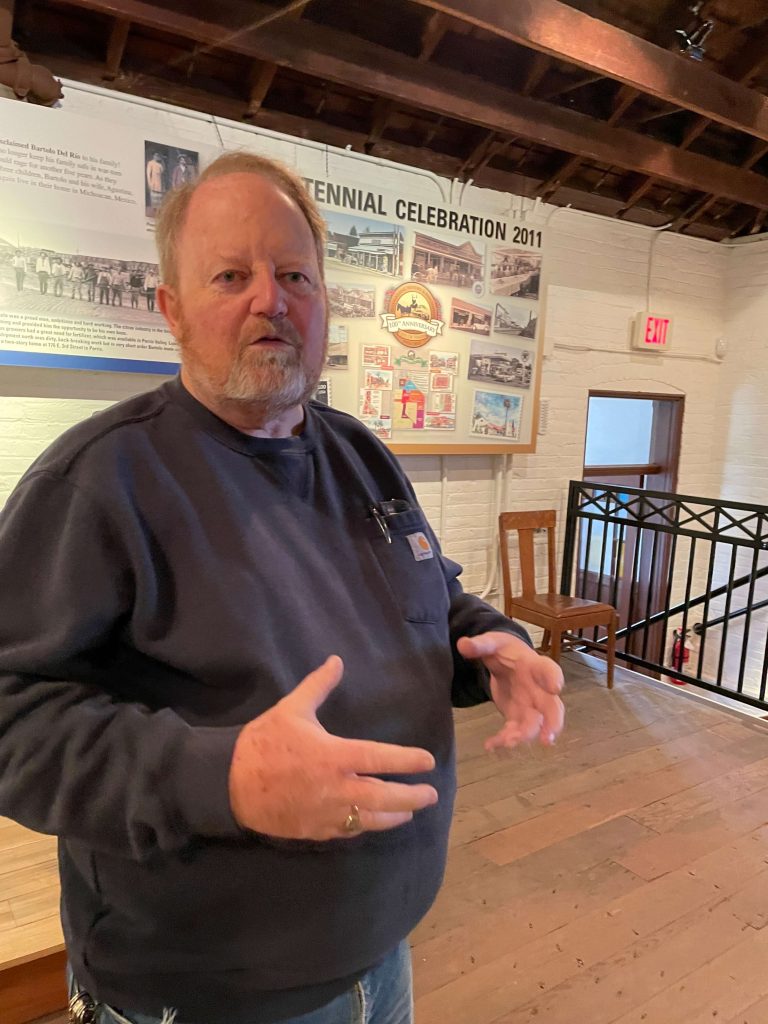
To this day, Dave told me, the land beneath it belongs to the Riverside County Transportation Commission.
Through the efforts of Midgie, Katie, Dave and others, Perris officials decided they were willing to help pay for the depot’s restoration, but there was a hitch.
“Now, the thing is that the city can’t be spending public funds on a privately owned piece of property,” said Dave Stuart, who eventually would win the contract to oversee the restoration. “So, city officials decided that the ownership of the building would transfer to the city of Perris.”
During my tour of the now-restored depot, Dave explained how big and complicated the restoration process was.
“The floor you’re standing on is what was in the depot, “Dave said. “The top layer of this floor was put down by the railroad in the early ‘40s. We figure they did some renovations or modifications. Underneath that floor is the original floor with square nails holding it.
“We had to lift all of that up to do seismic retrofit underneath. So, we labeled every board so we could put it back exactly as it had been.”
Dave pointed to the original, vintage redwood rafters from 1891.
“One of the things we had to do early in the restoration was to bring in a termite inspector, Dave said. “We brought in a guy to do a thorough inspection of the building, but he was a little confused. And so, he did it twice because he couldn’t quite believe what he found.”
“He couldn’t find any trace of termites,” Dave said.
I asked Dave to explain why the depot was able to fall into disrepair in the first place — what happened to the train traffic?
“It was in fact the original connection from San Diego to the transcontinental railroad out of San Bernardino,” he said. “Eventually the tracks kept washing out at Railroad Canyon and places in Temecula Canyon, so they built the tracks near the coast and abandoned this line south of here.”
He explained that another branch went to Lakeview and Hemet and allowed farmers to ship their crops out by rail.
While Midgie and Dave were guiding me through the museum’s exhibits, Bob Buster remained in the reception room keeping an eye out for visitors.
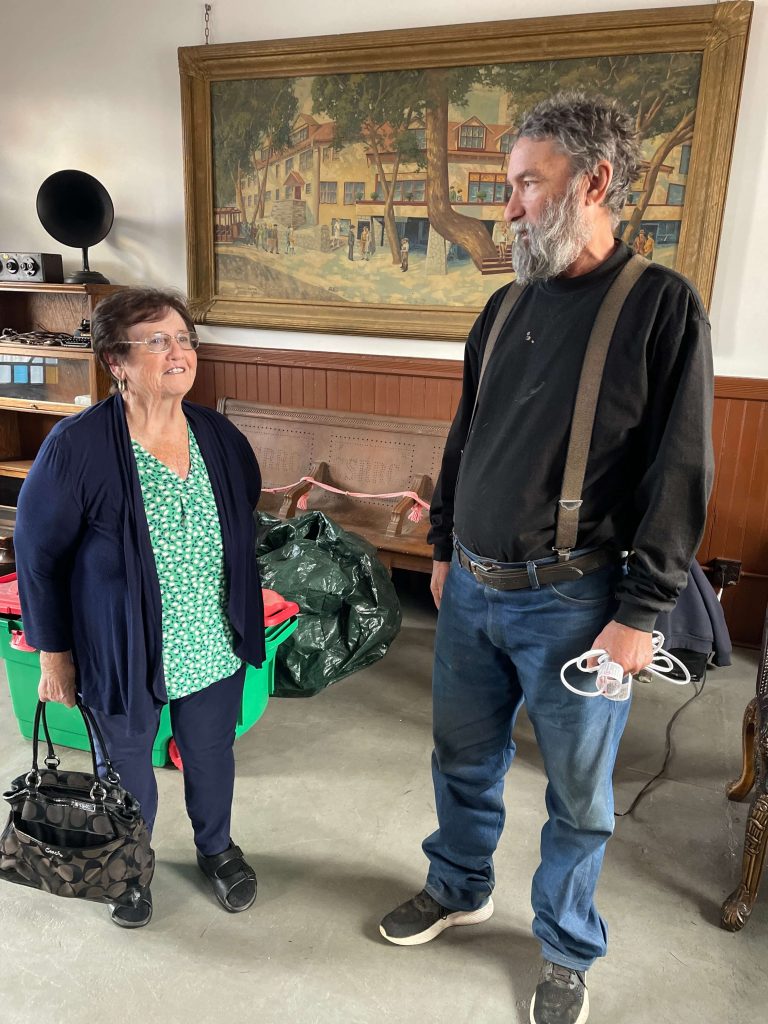
Before Dave got involved with the restoration of the depot, he says he often volunteered at the Southern California Railway Museum. Bob Buster was working as a security person and handyman there. It was Dave who recruited Bob to take on that same role at the Perris Depot.
Bob says he works on Saturdays and Sundays, but he’s on call 24/7.
“Basically, if something breaks down, I’ll come there first,” Bob says. “If I can’t fix it. I’ll call Dave to have somebody come in and take care of the problem.”
Dave, by the way, will often pay for the repairs or maintenance.
Midgie, Katie, and the rest of the museum’s board of directors count on Bob to make visits to the museum grounds at night. He says he interacts with the unhoused people who sleep nearby.
“I get to know many of them,” Bob said, “and they know that I’ll leave them alone as long as they don’t get inside the fenced area.”
Some of the board members of the museum encouraged Bob to take the classes required to be one of the docents, he said. Now he’s able to give tours there if necessary. He’s also at the museum whenever students from local high schools volunteer there as part of their community service requirement.
He says he decided to stay out of their way and let them do their assigned jobs.
“I would sit outside to make sure there wouldn’t be no problems,” Bob said. “And I basically let the kids do it. Let them do the cash register, the stores — the whole nine yards.”
The Perris Valley Historical Museum is open on Saturdays and Sundays from noon until four. You can’t miss it. It’s just west of the corner of 4th and D streets.
It’s quite possible you’ll run into Midgie, Katie, Dave or Bob.
For More Ray of Light Perspectives Visit www.zapinin.com/ray-of-light.



